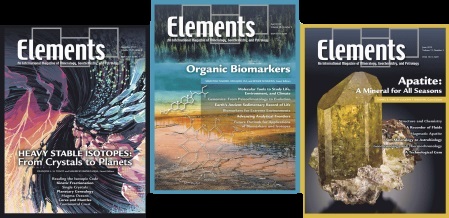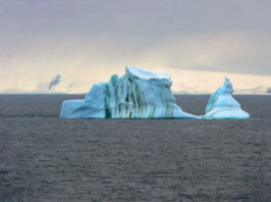Iron Transport from the Continents to the Open Ocean: The Aging–Rejuvenation Cycle
The biogeochemical cycle of iron plays a key role in the ocean by delivering bioavailable iron that controls plankton productivity. Transport through the iron cycle occurs mainly as nanoparticulate (oxyhydr)- oxides, which are physically and chemically intermediate between aqueous and particulate forms and can be directly or indirectly bioavailable. Iron nanoparticles transform with time to more stable forms by increased crystallinity, aggregation and growth, and they also alter to other nanominerals. These age transformations can be inhibited or reversed. The resulting aging– rejuvenation cycle first produces stability during long-distance transport and then reverses the process such that bioavailable and labile iron can be produced and delivered to the open ocean.
Iron Transport from the Continents to the Open Ocean: The Aging–Rejuvenation Cycle Read More »


